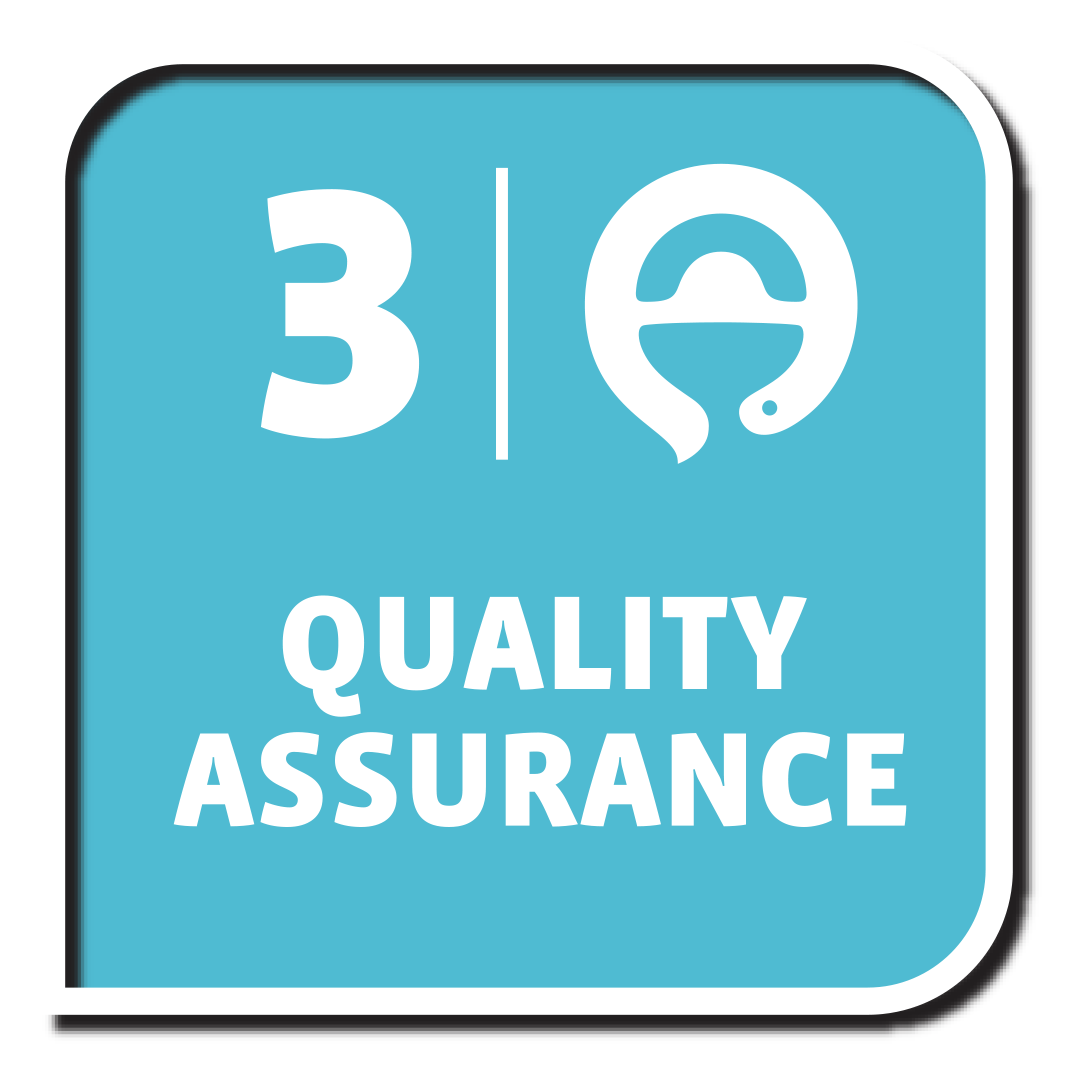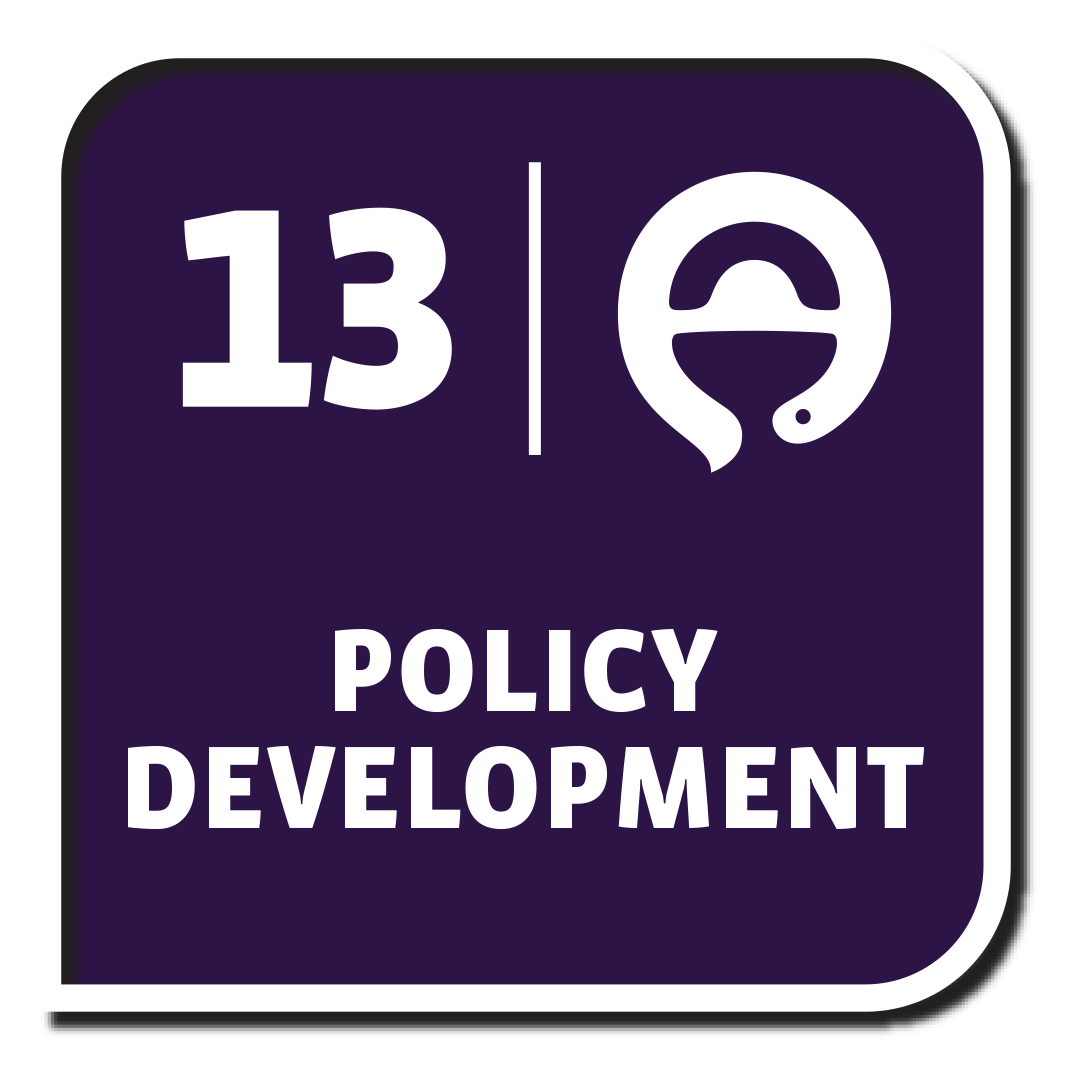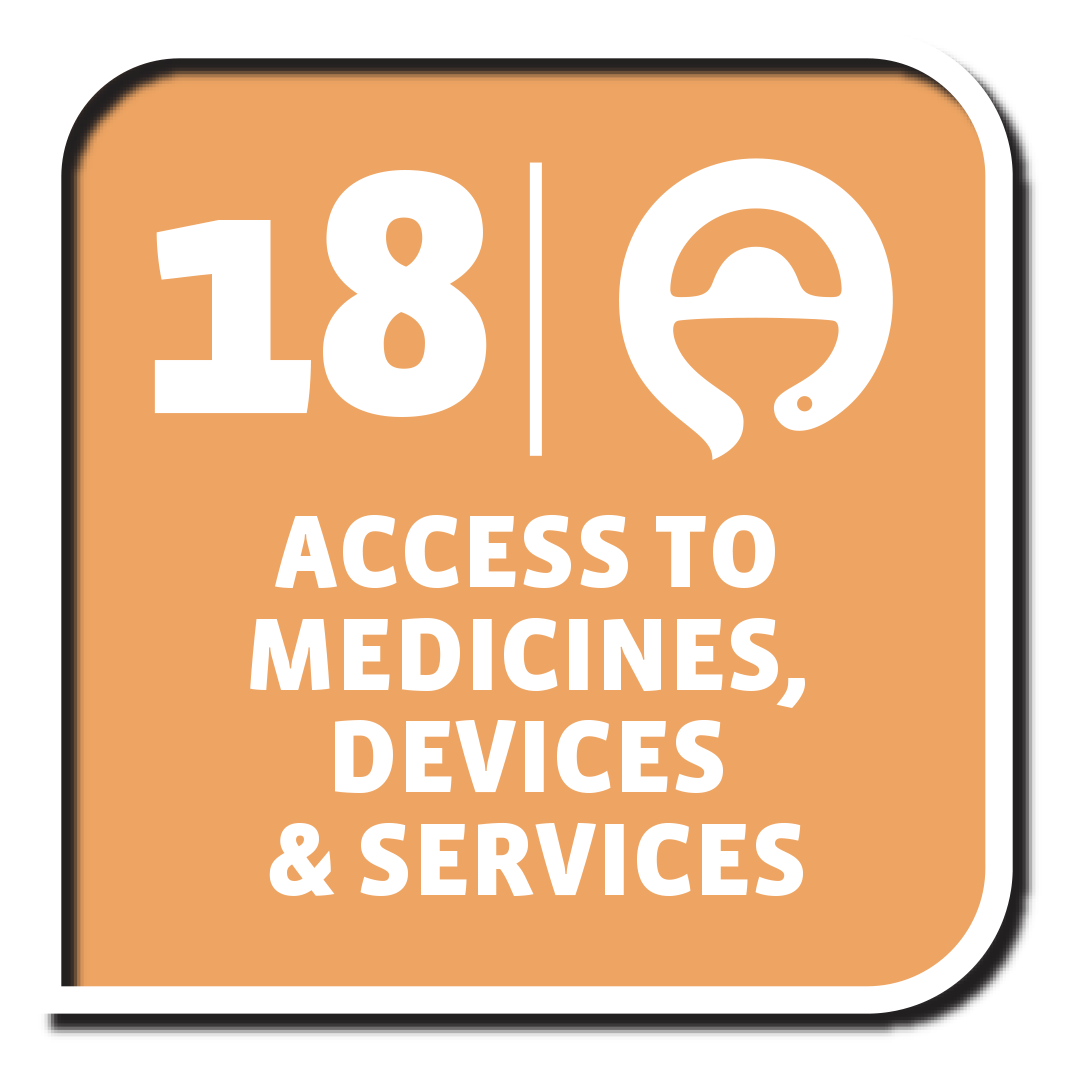PSTU-03 - Regulatory harmonisation: Successes and challenges along the pathway to regulatory convergence
Tracks
Auditorium 15
| Tuesday, September 2, 2025 |
| 11:00 - 12:30 |
| Auditorium 15 |
Details
Organised by the FIP Regulatory Sciences and Quality SIG in collaboration with the FIP Industrial Pharmacy Section & Pharmadanmark
Chair(s)
Ms Nikolina Biskic, ExCo Associate FIP Industrial Pharmacy Section, Croatia & Dr Horst-Dieter Friedel, Chair FIP Regulatory sciences and quality special interest group, Germany
Introduction:
Worldwide regulatory harmonisation enables safe, effective, and high quality medicines to be developed and registered in the most resource-efficient manner.
Cooperation between regulatory authorities and the pharmaceutical industry is vital to ensure reliability and to streamline approvals to maximise patients’ access to medicines.
Optimising regulatory frameworks and operations, supported by cloud-based solutions, allows real-time regulatory review and approval, while the improvement of legislations and a science-based review of guidelines have broader impact in the overall regulatory framework.
Regulatory applications, such as for changes in formulation and/or marketing authorisations of generics, are typically supported by in vivo bioequivalence studies (clinical). Depending on the properties of the active drug substance and the formulation characteristics, it may be possible to waive an in vivo study by the submission of in vitro data (biowaiver), resulting in a significant reduction of the number of clinical studies in humans and a faster time to obtain marketing authorisation, therefore, to promote patients’ access to new medicines.
The ICH M9 guideline with the title "Biopharmaceutics classification system-based biowaivers" outlines the different regional requirements for acceptance of biowaivers.
This session will explore regulatory reliance initiatives from different perspectives—pharmaceutical science and pharmaceutical practice—as well as the challenges and achievements of current regulatory harmonisation and convergence efforts on access to medicines within different geographic regions, and the impact on patients and healthcare institutions at a global level.
Programme:
Learning objectives:
1. To understand the challenges and benefits of the harmonised regulatory environments and their impact on patients and healthcare institutions at a global level.
2. To learn about the biopharmaceutical classification system, methods for in-vitro dissolution testing, and permeability determination.
3. To understand under which conditions clinical studies are required and when human studies can be waived to promote quicker access to affordable medicines.
Take home messages:
Cooperation between regulatory authorities and the pharmaceutical industry is vital to promote the optimisation of the regulatory frameset through the development of convergent or harmonised regulations that could be adopted by different regions of the globe, enabling reliance and streamlining approvals to increase patients’ access to medicines.
FIP Development Goals:


 To learn more about these FIP Development Goals, click on the links below.
FIP Development Goal 3: Quality Assurance
FIP Development Goal 13: Policy Development
FIP Development Goal 18: Access to Medicines, Devices & Services
To learn more about these FIP Development Goals, click on the links below.
FIP Development Goal 3: Quality Assurance
FIP Development Goal 13: Policy Development
FIP Development Goal 18: Access to Medicines, Devices & Services
| 11:00 – 11:05 | Introduction by the chairs | |
| 11:05 – 11:25 | Biowaivers WHO perspectives | |
| Dr Luther Gwaza, World Health Organization, Switzerland | ||
| 11:25 – 11:45 | Bioclassification system-based (BCS) biowaivers (ICH M9) | |
| Dr Jan Welink, ICH M9 Expert Working Group (EWG), Netherlands | ||
| 11:45 – 12:05 | How globally harmonized regulatory approaches can facilitate patient access to affordable medicines | |
| Ms Tammy Gopal, South African Health Products Regulatory Authority (SAHPRA), South Africa | ||
| 12:05 – 12:25 | Panel discussion | |
| 12:25 – 12:30 | Wrap-up by chairs |
Speakers
Ms Thavendree (Tammy) Gopal
South African Health Products Regulatory Authority (SAHPRA)
How globally harmonized regulatory approaches can facilitate patient access to affordable medicines
Dr Luther Gwaza
World Health Organization
WHO perspective on biowaivers
Dr Jan Welink
Medicines Evaluation Board
Bioclassification system-based (BCS) biowaivers (ICH M9)
